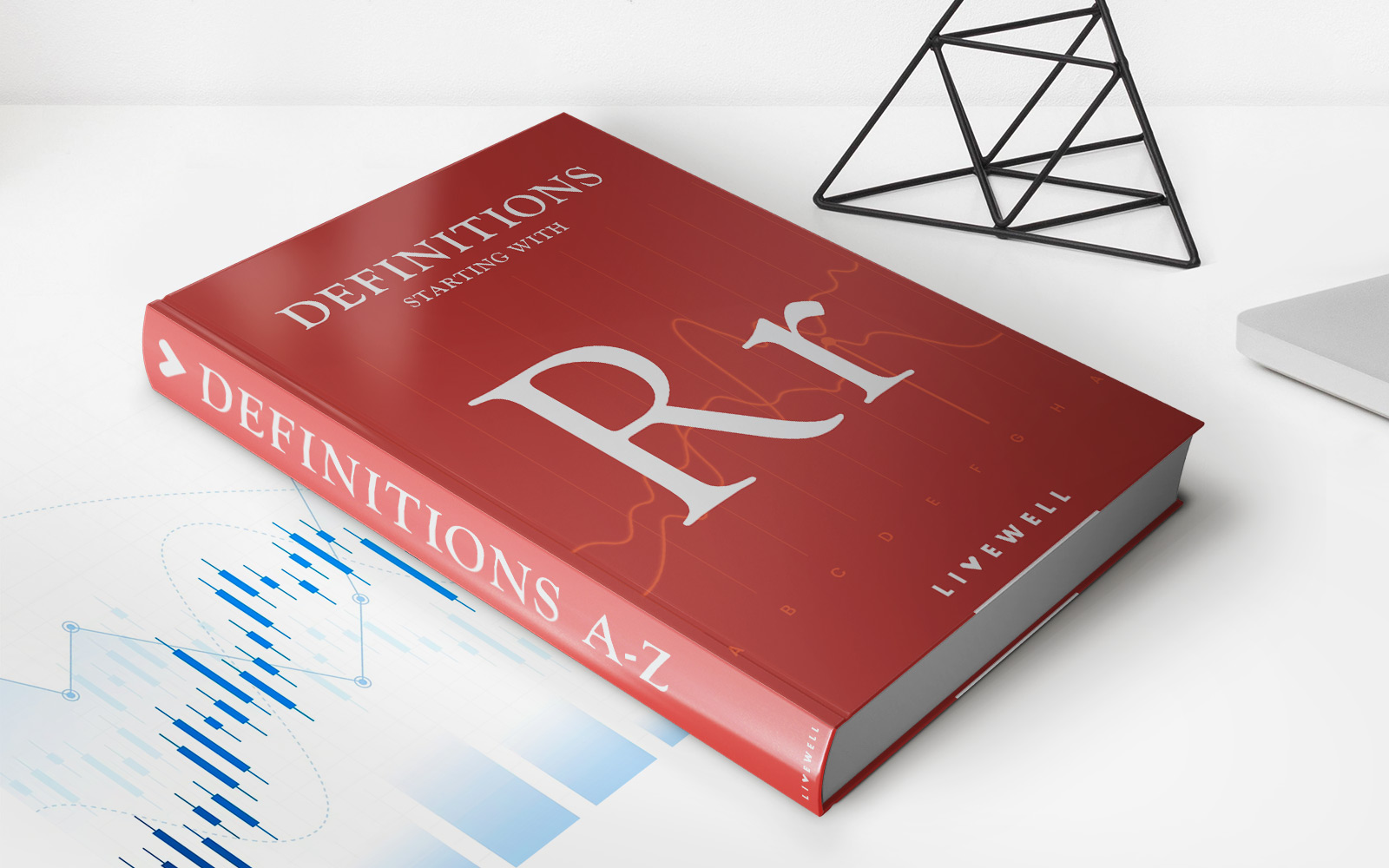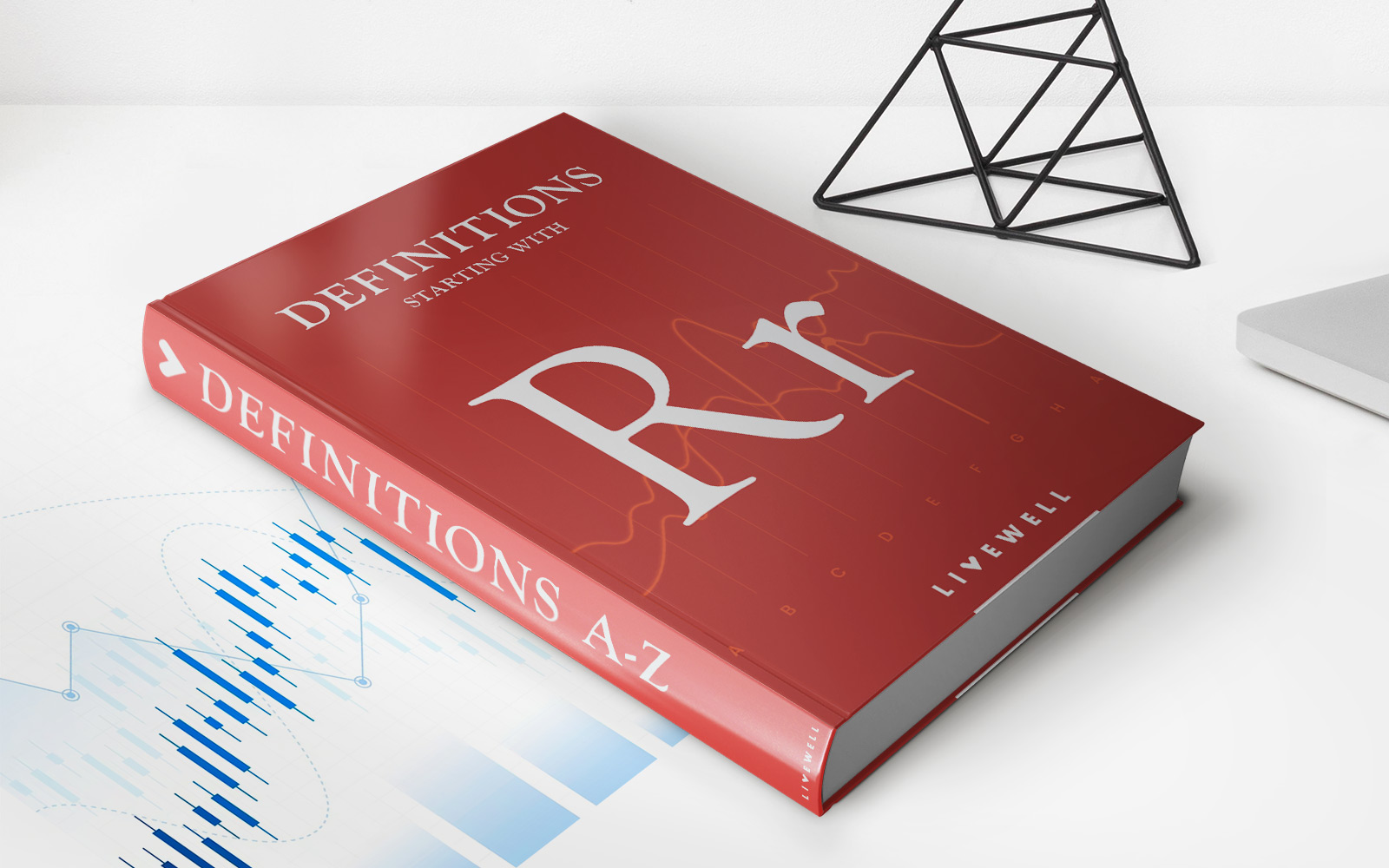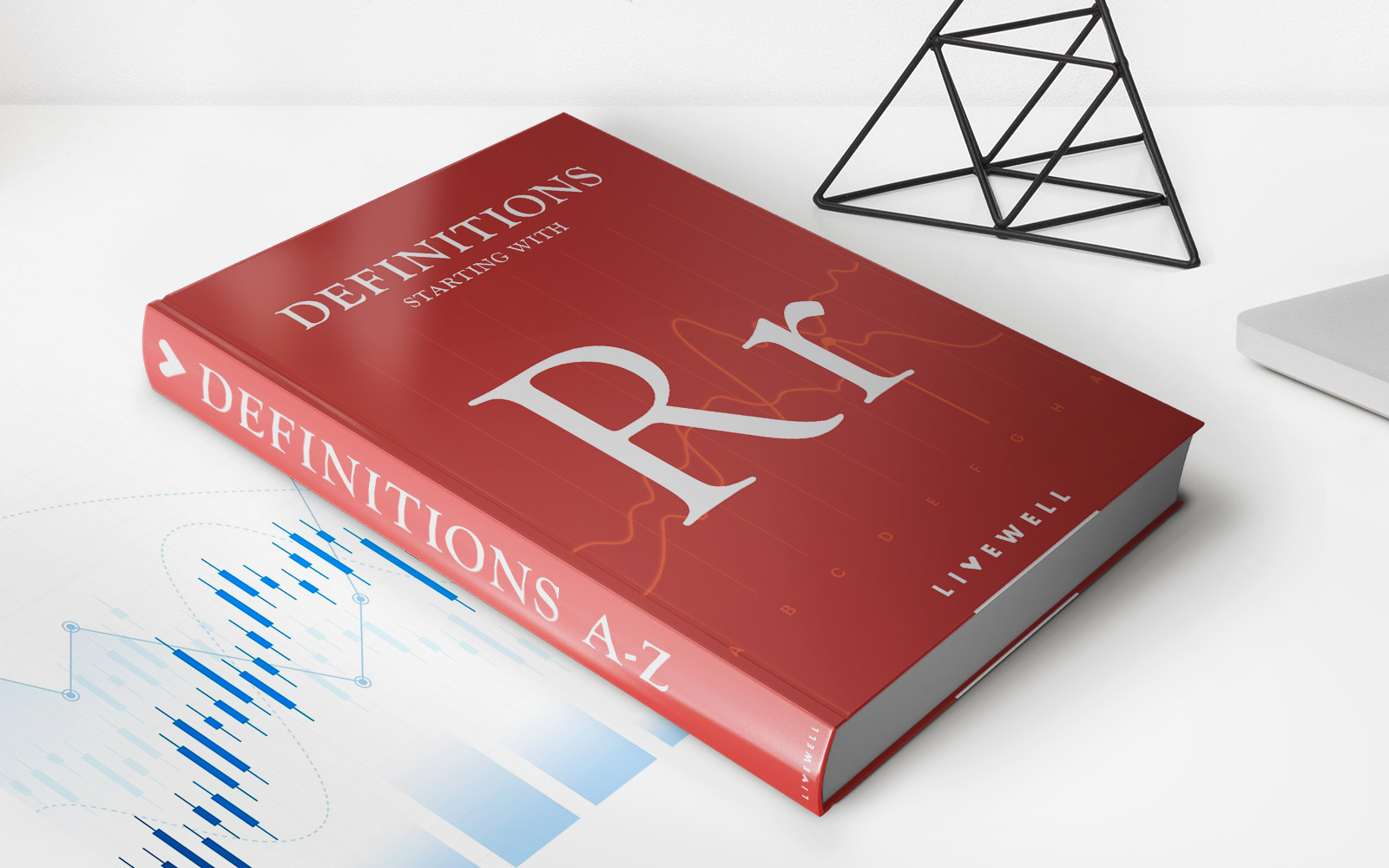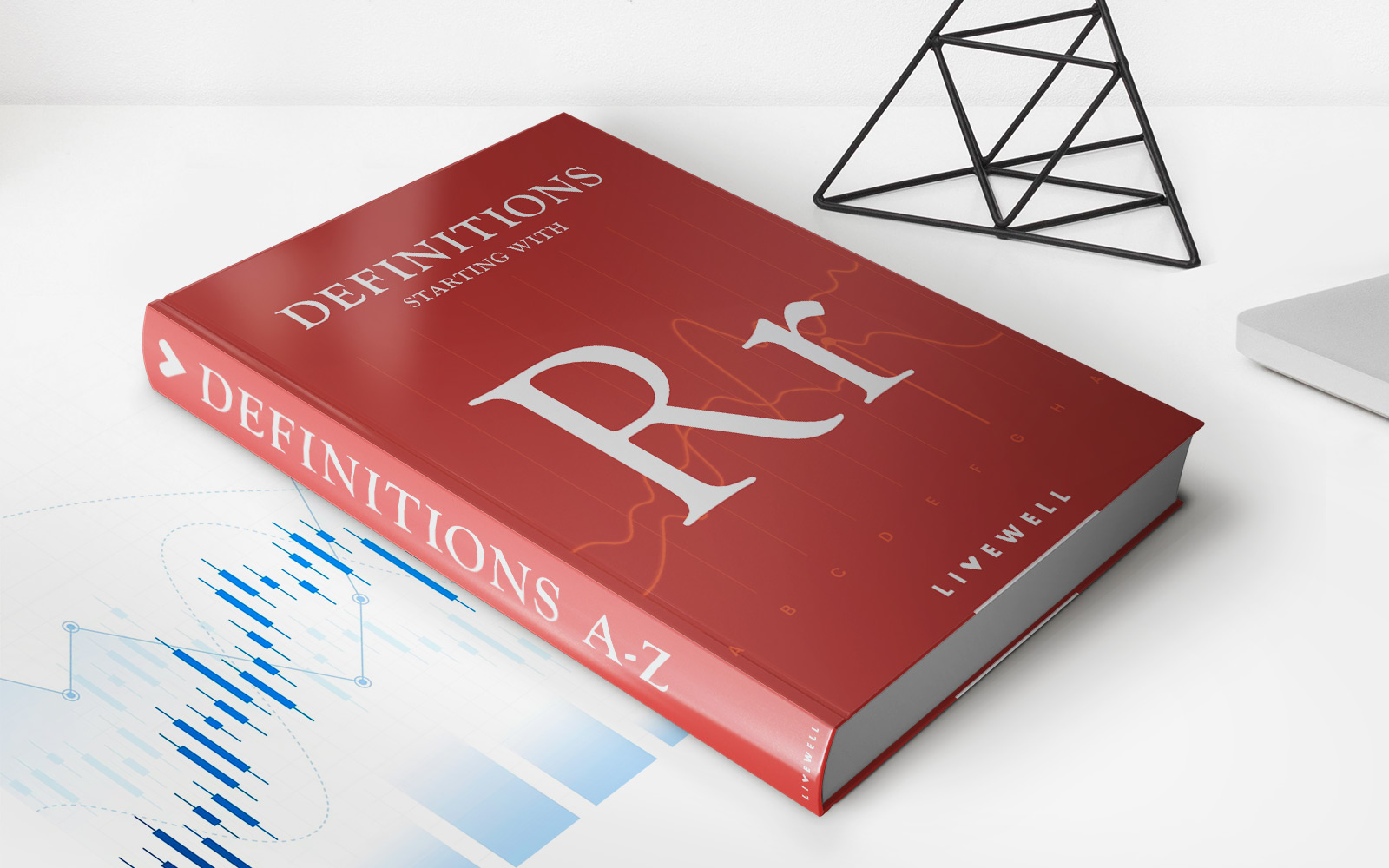Home>Finance>Rule Of 72(t): Definition, Calculation, And Example


Finance
Rule Of 72(t): Definition, Calculation, And Example
Published: January 22, 2024
Learn about the Rule of 72(t) in finance, its calculation, and see an example. Understand how this concept can help you plan for your financial future.
(Many of the links in this article redirect to a specific reviewed product. Your purchase of these products through affiliate links helps to generate commission for LiveWell, at no extra cost. Learn more)
The Rule of 72(t): Definition, Calculation, and Example
Welcome to our Finance blog category, where we discuss important topics related to managing your money, investing, and financial planning. In this post, we will delve into the concept of the Rule of 72(t) – a handy tool that can help you estimate how long it will take to double your investment or how much income you can withdraw from your retirement savings without facing early withdrawal penalties. Keep reading to learn more about this powerful financial rule and how it can benefit your financial future.
Key Takeaways:
- The Rule of 72(t) is a formula that allows you to estimate how long it will take for an investment to double in value or how much income you can withdraw from your retirement savings without facing penalties.
- This rule is applicable for individuals who want to retire early and need to access their retirement funds, usually before the age of 59 ½.
What is the Rule of 72(t)?
The Rule of 72(t) is a mathematical formula that provides a rough estimation of the time required for an investment to double in value or allows you to calculate the amount of income you can withdraw annually without triggering early withdrawal penalties. It is a valuable tool for retirement planning and financial decision-making.
The Rule of 72(t) is particularly useful for individuals who want to retire early and access their retirement savings without incurring hefty penalties. Typically, if you withdraw funds from a tax-advantaged retirement account before the age of 59 ½, you may be subject to a 10% early withdrawal penalty from the Internal Revenue Service (IRS). However, by utilizing the Rule of 72(t), you can design a strategy to withdraw funds that comply with the specified criteria.
How to Calculate Using the Rule of 72(t)?
The rule is straightforward to use. Simply divide the number 72 by the annual interest rate or investment return to estimate the number of years it will take to double the investment or calculate the amount of annualized payout. Let’s examine both scenarios:
- Calculating the time required for an investment to double:
Divide 72 by the annual interest rate or investment return to estimate the number of years it will take for your investment to double. For example, if you have a 6% investment return, it would take approximately 12 years for your investment to double. - Calculating the annualized payout:
Divide 72 by the annual interest rate or investment return to estimate the withdrawal rate that allows you to receive annual income without incurring early withdrawal penalties. For example, if you have a 4% investment return, you can withdraw approximately 3% of your retirement savings annually without penalties.
Remember that the Rule of 72(t) is meant as a rough estimation and may not provide exact figures. It’s always a good idea to consult with a financial advisor or retirement planner to get personalized advice based on your specific financial situation.
Example using the Rule of 72(t)
Let’s say you have a retirement account balance of $500,000 and want to retire early at the age of 55. By utilizing the Rule of 72(t), you calculate that your investment will take 12 years to double with an average return of 6%. Therefore, you can estimate that your retirement account balance would be $1,000,000 at the age of 67.
Additionally, if you assume a 4% annual investment return, the Rule of 72(t) can help you determine that you can withdraw approximately 3% or $15,000 of your retirement account balance every year without incurring early withdrawal penalties. This estimated annual income can be beneficial in planning your retirement lifestyle and managing your expenses.
Summary
The Rule of 72(t) is a valuable tool for estimating the time required for an investment to double and determining the annualized payout you can withdraw from your retirement savings without facing penalties. By understanding and utilizing this rule, you can make informed financial decisions, plan for early retirement, and ensure a secure financial future.
Remember, while the Rule of 72(t) is useful for rough estimations, it is no substitute for professional financial advice. Consult with a qualified financial advisor to get personalized guidance based on your unique financial objectives and circumstances.
We hope you found this article informative and empowering. Stay tuned to our Finance blog category for more insightful posts on a wide range of financial topics!














